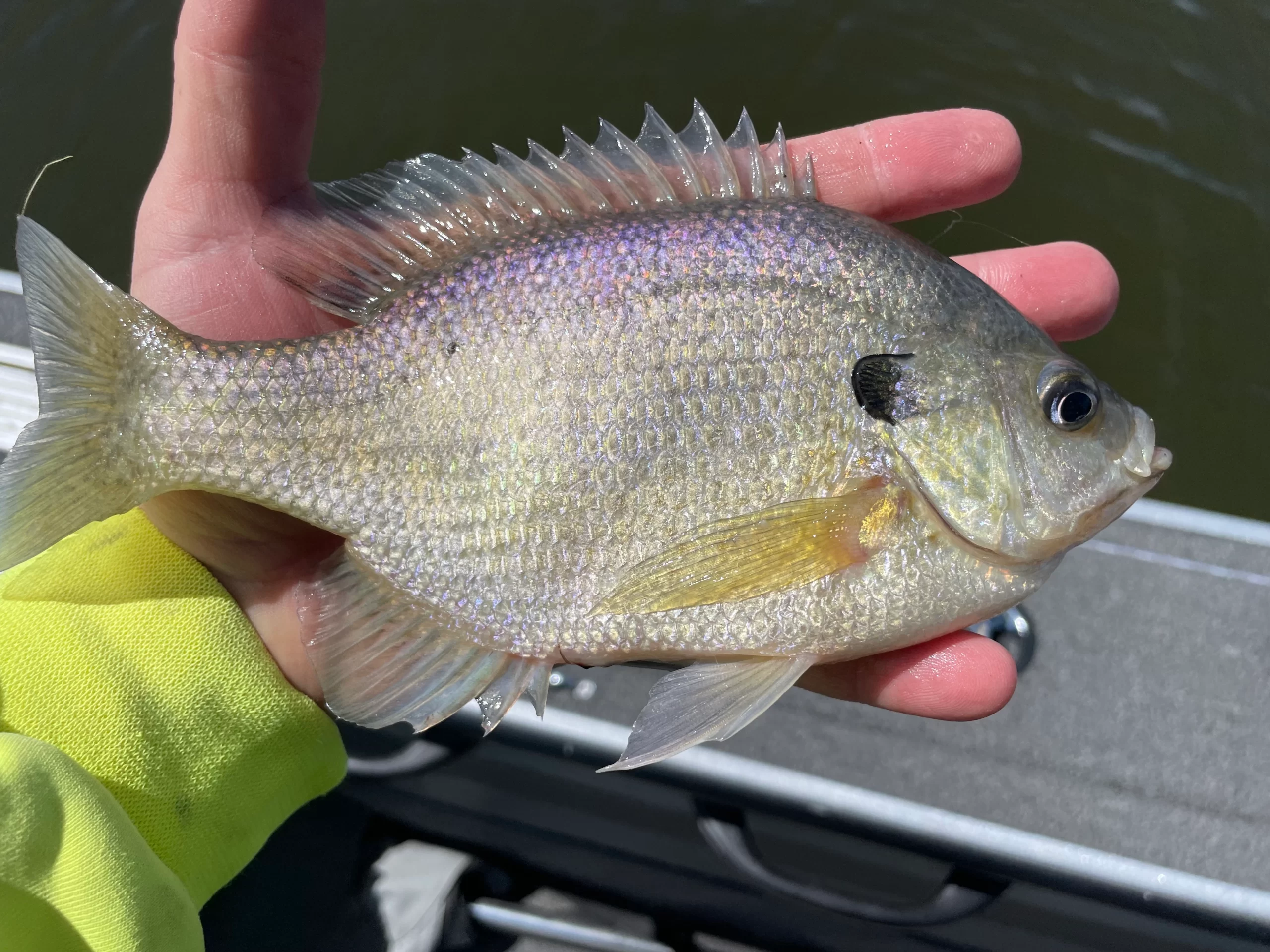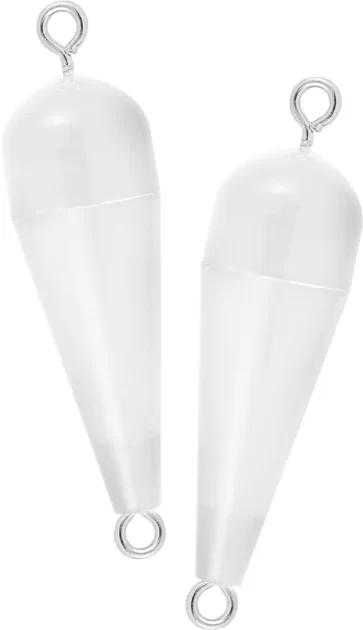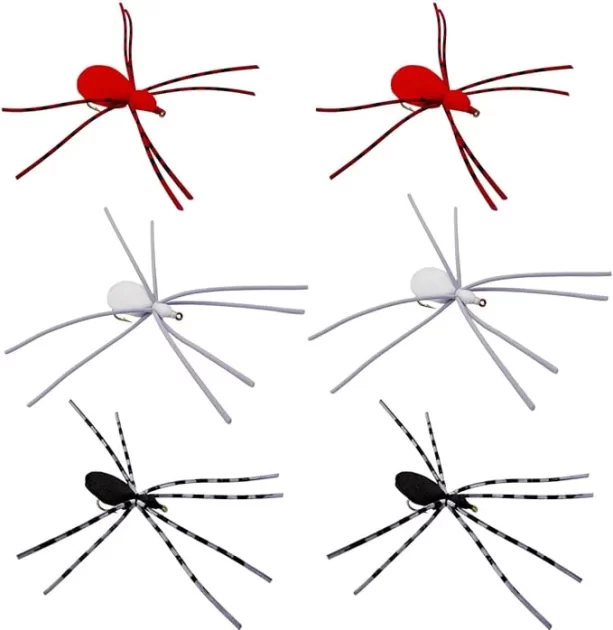Fun Way to Catch Spring/Summer Bluegill

* This page contains affiliate links. The Great Lakes Fisherman may earn a commission on items purchased through these links. For more on this, please click here.
Nearly everyone who calls themselves an angler has caught bluegill. The sunfishes are often the first fish we learn to catch. We all remember the days when fishing meant watching a floating bobber. We often had dreams and even daytime visions of that bobber slipping under the surface, triggering an adrenaline rush in anticipation of what we might bring out of the depths. That excitement was what fishing was all about. But there is another way to catch sunfish that, in my opinion, is even more exciting that the bobber/worm method and a lot less messy.
If you’ve never caught a sunfish on a fly, you are missing out. Now before you dismiss the rest of this article, please understand that you don’t need a fly rod & reel to catch these fish on a fly. In this article, I’ll go through the methods that I use to catch these fiesty critters that is so easy, even a 4 year old can do it!
The Rig
The way you’re going to present the flies to the bluegill without a fly rod is to use a clear plastic float called a casting float to provide weight to the rig. This is followed by a 4′ leader and finally, the fly.
The Floats
The floats used for this rig are called “casting floats”. They are torpedo shaped clear plastic floats and they come in 2 main varieties. The first type lets you pass the line through a rubber tube that runs through the middle and connects two separated ends of the float. Once the line is through, the two ends are rotated in opposite directions to twist the tube which grips the line. This allows you to easily adjust the distance of the float from the fly on the end.

The other type is a single solid piece with eyelets on each end. On this type, you tie your main line to the narrow end of the float and tie the leader to the fat end.

Preferred Flies
Bluegill and other sunfish are aggressive fish and it doesn’t take a lot to fool them. So there are a number of flies that you can use that they will readily take. The real trick is in getting them to see your bait. So a fly that disturbs the water surface is a prime choice. Here, I will present my 2 favorites.
The Popper
The popper is effectively just a piece of cork that is painted, with a hook in it. Most of them also have eyes painted on and some sort feathery tail. Some also have a couple of rubber legs.

The Rubber Spider
The rubber spider is a bait made to look like, well, a spider. The body is usually made from some sort of foam material and the legs are made of rubber. The foam ensures that the bait floats and stays on the water surface.

How to Fish This Rig
Fishing this rig is easy, but it’s important to note that it won’t do well in windy conditions. To fish it, simply cast the float/fly out over water that you suspect has sunfish and reel up any slack. After the bait has settled for 5-10 seconds, give it a twitch. If using a popper, the bait should bubble the water slightly. If using a rubber spider, the legs should leave a slight wake in the water. This disturbance is irresistible to these fish and they will often hit it on the very first twitch. If not, just repeat the same pattern, a twitch, followed by a 5-10 second.
Watching a sunfish hit the surface of the water to take the bait is every bit as exciting watching that bobber plunge. What’s every more exciting is when something even larger than sunfish hits the surface.
